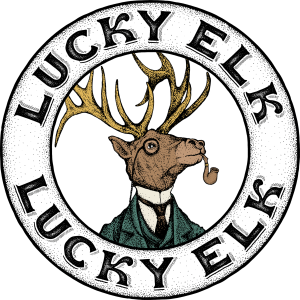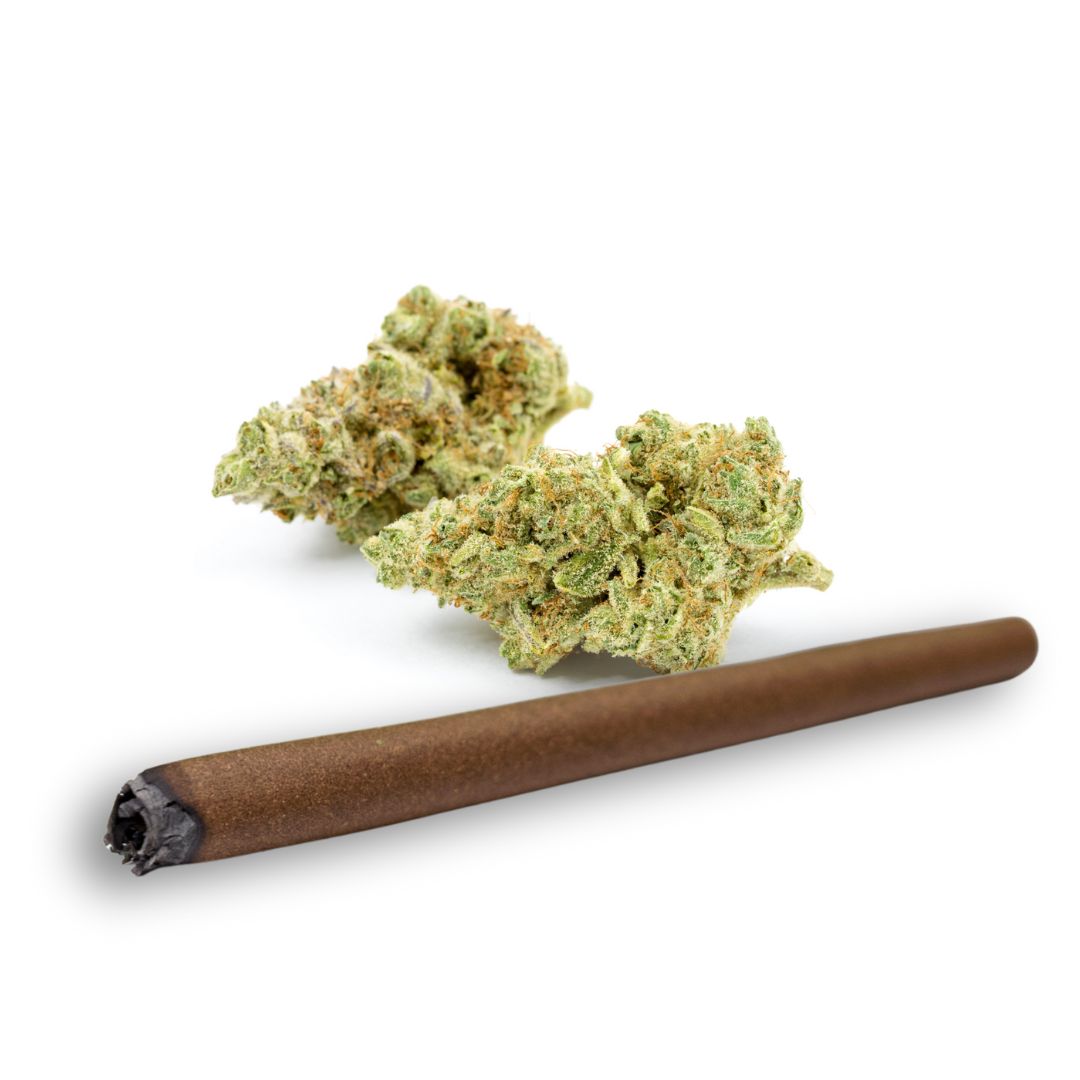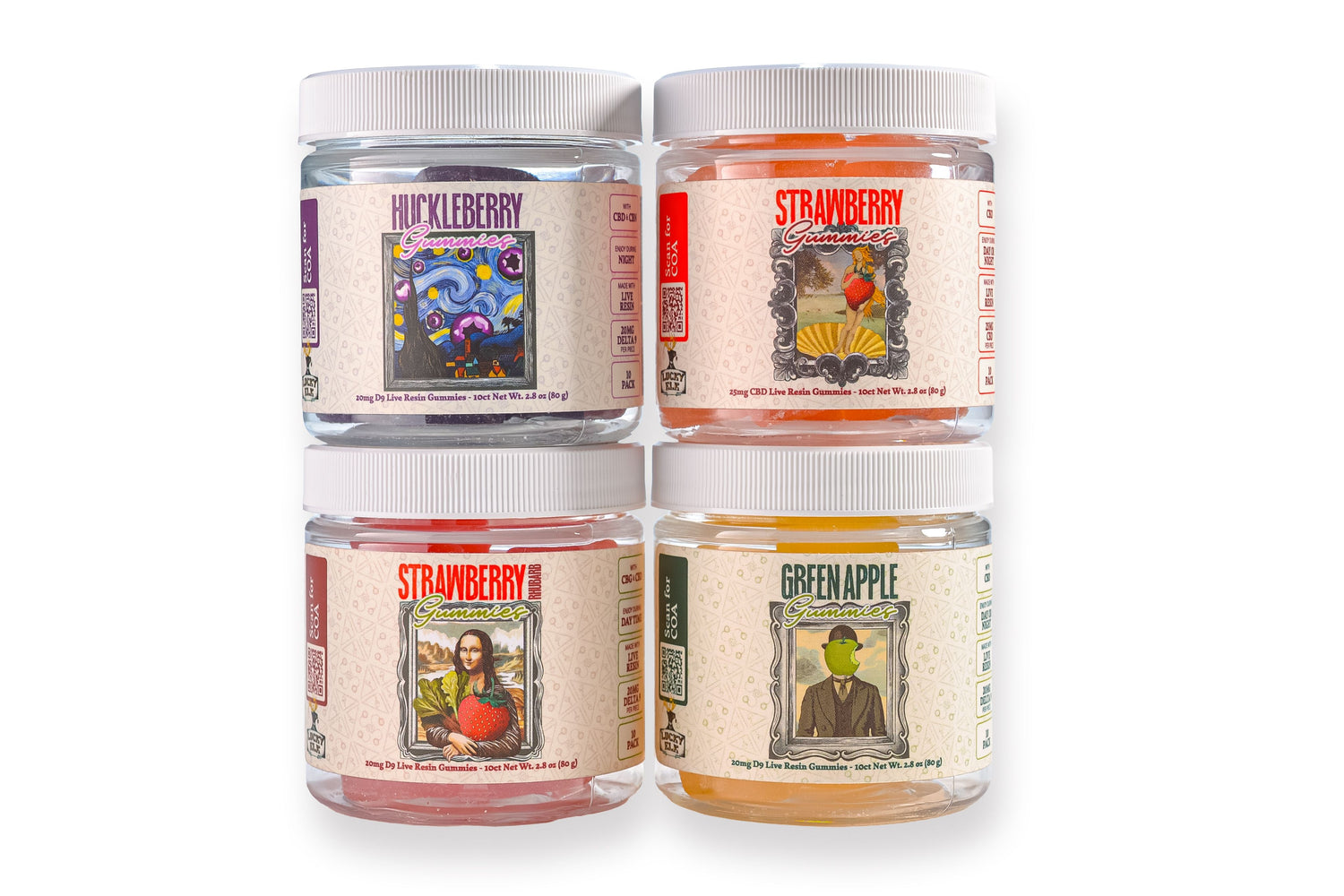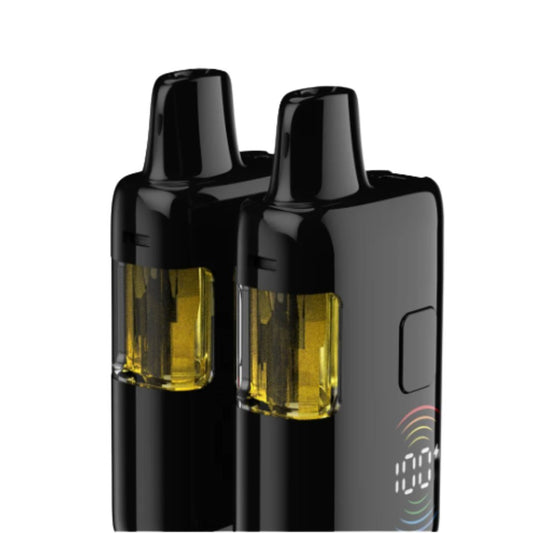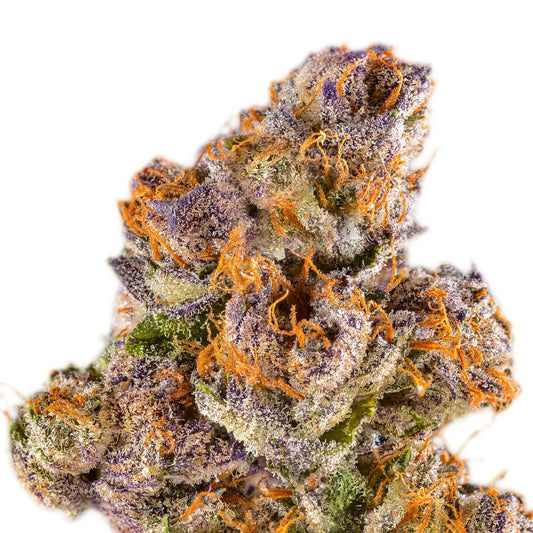The CBD and cannabis industry are full of confusing terms. So what’s the difference between distillate, tincture, and concentrate? Let’s take a look at these commonly used expressions to describe concentrated forms of CBD:
CBD Distillate
CBD Distillate is a thick liquid that’s extracted from hemp plants; it’s a highly concentrated substance containing 70-75% CBD, along with a variety of other cannabinoids and terpenes. This honey-like substance crystalizes at room temperature.
The process of making CBD Distillate begins by using a solvent to strip the raw hemp plants of their valuable natural compounds. This can be done simply by soaking the plant material—flowers, leaves, even stems—in alcohol. Then the solvent must be distilled. This is usually accomplished through short-path distillation, which involves heating the solvent to precise temperatures, and removing individual “layers” at their respective evaporation points. Thus, the cannabinoids are separated from the plant lipids (fats,) chlorophyll, and other plant materials that were stripped out by the solvent.
The manufacturing process is potentially dangerous, involving incredibly high temperatures and pressure; it’s not something you should do at home.
“Distillate” Definition1.) a liquid that’s been condensed from a vapor form, 2.) a purified, or essential, form
 |
75% CBD Full Spectrum Distillate |
| CBD Content, Color, and Clarity ... depends on temperatures and pressures used during the distillation process |
 |
 |
Honey or Distillate? ... distillate solidifies at room temperature and must be heated before you can work with it |
The best CBD distillate is “full spectrum,” which means that is has dozens of naturally occurring cannabinoids. Full spectrum distillate is highly concentrated, so it might contain up to 3% THC content—ten times the legal limit for consumer products. Other cannabinoids, like CBG, CBN, and CBDV, represent another 3-5% of the total weight.
CBD distillate can be used to make a variety of consumer products, such as tinctures, soaps, bath bombs, dog treats, even suppositories.
CBD Tincture
CBD Tincture—otherwise known as ‘CBD Oil’ or ‘CBD Drops’—is a solution of CBD distillate diluted in a carrier oil. MCT oil is the industry standard for making tincture. MCT oil is derived from coconuts, and it’s loved by consumers and producers due to its high solubility, low taste, and widely recognized health benefits.
CBD tincture is basically a ‘watered down’ version of pure CBD distillate. (Technically, we might say that it’s ‘oiled down.’) There is no standard potency for a one-ounce bottle of CBD tincture, but common strength include: 300 mg, 600 mg, 1000 mg, and 1500 mg. Products with higher doses of CBD are more expensive, but often more cost-effective.
CBD tincture is the most common oral ingestion method of CBD. It’s recommended that you apply the CBD tincture under your tongue.
We’re big believers in daily use of 1500 mg full spectrum CBD oil. It’s such an easy and enjoyable way to get 25 mg of CBD per dose, plus you receive the synergistic effects that comes from the smaller quantities of other cannabinoids, like CBG, CBN, CBDV, and THCa.
“Sublingual” Definition
1.) situated or administered under the tongue
Sublingual application of a tincture ensures that the CBD is absorbed directly into your bloodstream instead of being processed through the liver and kidneys.
“My roommate and I have an evening ritual: we catch up on our day over a dropper if Lucky Elk’s Relax about an hour before bed. It’s the best way to wind down the day and helps my body and mind calm before sleep. And now I can’t live without it.” — Lucky Elk customer, Eliza M.
Make Your Own CBD Tincture: A step-by-step guide
If you’re lucky enough to get your hands on some raw full spectrum distillate, then you might want to make your own CBD tincture. Here’s how to DIY:
- Start with full spectrum CBD distillate.
- Raw distillate is incredibly potent, usually around 70-75% CBD
- 1 gram distillate = 700-750 mg CBD
- Heat your distillate in a glass container. Slowly heat the whole jar in a pot of water, kind of like using a double boiler. (You can bring the temperature to a low boil, but don’t heat the glass too quickly or it might break!)
- Raw distillate crystalizes at room temperature
- It’s like working with very thick honey
- Do some math. Start with the desired potency of your CBD tincture to calculate the correct ratio of distillate to carrier oil.
- To produce a 1 oz tincture with 1500 mg of CBD, it takes 2 grams of full spectrum distillate
- e.g., 1 oz tincture (28 g) = 2 grams distillate + 26 grams MCT oil
- Add the liquid distillate to a carrier oil. Heat the solution, but do not exceed 130 degrees F, or your carrier oil will burn and create a bad taste. Mix thoroughly.
- We use Organic MCT Oil for its high solubility, low taste, and beneficial health properties
- Check out the ‘Magic Butter Machine’ for an awesome and affordable way to make a variety of cannabis infusions in your home kitchen
- Or you can use a hot plate and magnetic stirrer, as found in high school science labs
- If you’re going to add terpenes, let your CBD tincture cool to room temperature first.
- Terpenes are very volatile, and they will evaporate at higher temperatures
Most people don’t have the luxury of working with their own full spectrum CBD distillate … fortunately you can always rely on Lucky Elk for your daily dose of CBD tincture made from organic and sustainably grown hemp!
CBD ConcentrateCBD concentrate can describe any form of CBD that’s been extracted and condensed from the raw plant, but it usually refers to ‘dabs’ or ‘shatter’ or ‘crumble.’ CBD concentrate is made in a lab—a process that uses solvents like butane to extract CBD from hemp plants. Concentrates are produced through an extraction process, like CBD distillate. But unlike distillate, which is a liquid, CBD concentrates are distilled products in a solid form. Concentrates are usually smoked in specialty glass pipes/bongs—often referred to as ‘dab rigs.’ “Dabs” refer to semi-opaque sheets of thin concentrate. Also known as “shatter” because of its tendency to break and fall apart like glass. “Crumble” is a kind of squishy CBD concentrate; the consistency is like caviar. |
This thin sheet of CBD dabs is beautiful but surprisingly delicate. |
